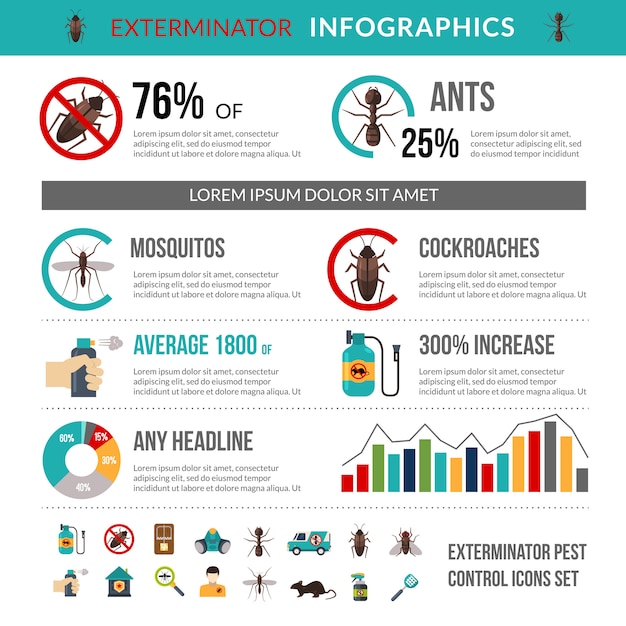Comprehending The Behavior Of Rats: A Guide To Rat Control
Comprehending The Behavior Of Rats: A Guide To Rat Control
Blog Article
Content Author-Sandoval Vendelbo
Have you ever questioned why rats seem to be so elusive and hard to control? Comprehending the behavior of rats is key to properly handling their populaces.
By obtaining insight right into their communication patterns, feeding practices, and nesting and reproducing actions, you can create methods that will assist you keep these pesky rodents away.
So, let's discover the interesting world of rat behavior and discover exactly how this understanding can empower you in the battle against these undesirable residence visitors.
Communication Patterns
To recognize rat behavior, it's important to examine their interaction patterns. Rats are highly social animals and rely upon communication to endure and thrive in their atmosphere. They use different types of communication to share info to various other rats in their group.
One vital aspect of rat interaction is their vocalizations. Rats produce a wide range of noises, consisting of squeaks, chirps, and chattering, which serve various purposes. These vocalizations can reveal fear, aggressiveness, or perhaps contentment.
In addition to vocalizations, rats likewise communicate via body language. They utilize their tails, ears, and postures to convey messages to various other rats. For example, an upright and puffed-up posture may suggest dominance, while a squashed stance may show entry.
Feeding Behaviors
Rats' communication patterns give insight right into their feeding behaviors. Comprehending just how rats feed can help us much better control their populaces. Here are five bottom lines about their feeding practices:
- ** Omnivorous diet: ** Rats are opportunistic eaters and will eat almost anything they discover. From grains and fruits to meat and also rubbish, their diet plan is incredibly varied.
- ** Hoarding behavior: ** Rats have an all-natural instinct to hoard food. They'll collect and keep excess food in hidden areas for later usage, making it challenging to find and remove their food sources.
- ** Nighttime feeding: ** Rats are mainly nocturnal animals, suggesting they're most active throughout the evening. They favor to feed under the cover of darkness when they feel much safer and less likely to encounter predators.
- ** Water dependency: ** Rats require a constant resource of water to endure. They'll frequently seek out water resources near their feeding locations, such as leaky pipelines or open containers, to satisfy their hydration needs.
- ** Scavenging actions: ** Rats are extremely experienced scavengers, which enables them to thrive in city settings. They'll look for food in garbage bins, dumpsters, and various other areas where human waste exists.
Nesting and Breeding Habits
Nesting and reproducing actions in rats involves the development of complex burrows and the establishment of ordered social structures.
bee removal are known for their ability to dig complicated systems of passages, which act as their nests. Highly recommended Webpage give shelter, protection, and a refuge for breeding. The nesting habits of rats is driven by their reaction to locate a protected and comfy space for increasing their young.
Within these burrows, rats establish a hierarchical social structure, with leading individuals inhabiting higher placements. This hierarchy establishes access to sources such as food and mates.
Breeding behavior in rats is identified by territoriality, with males contending for the opportunity to mate with women.
Understanding the nesting and reproducing behavior of rats is vital for effective rat control techniques.
Final thought
So, now you have a far better understanding of the elaborate globe of rat habits. These smart animals have special communication patterns and display remarkable feeding behaviors.
Their nesting and breeding actions, while respected, can be a sensitive topic. By getting insight right into their habits, we can come close to rat control with more compassion and performance.
Remember, resolving the existence of these resourceful rodents calls for a nuanced strategy that values their natural impulses.
